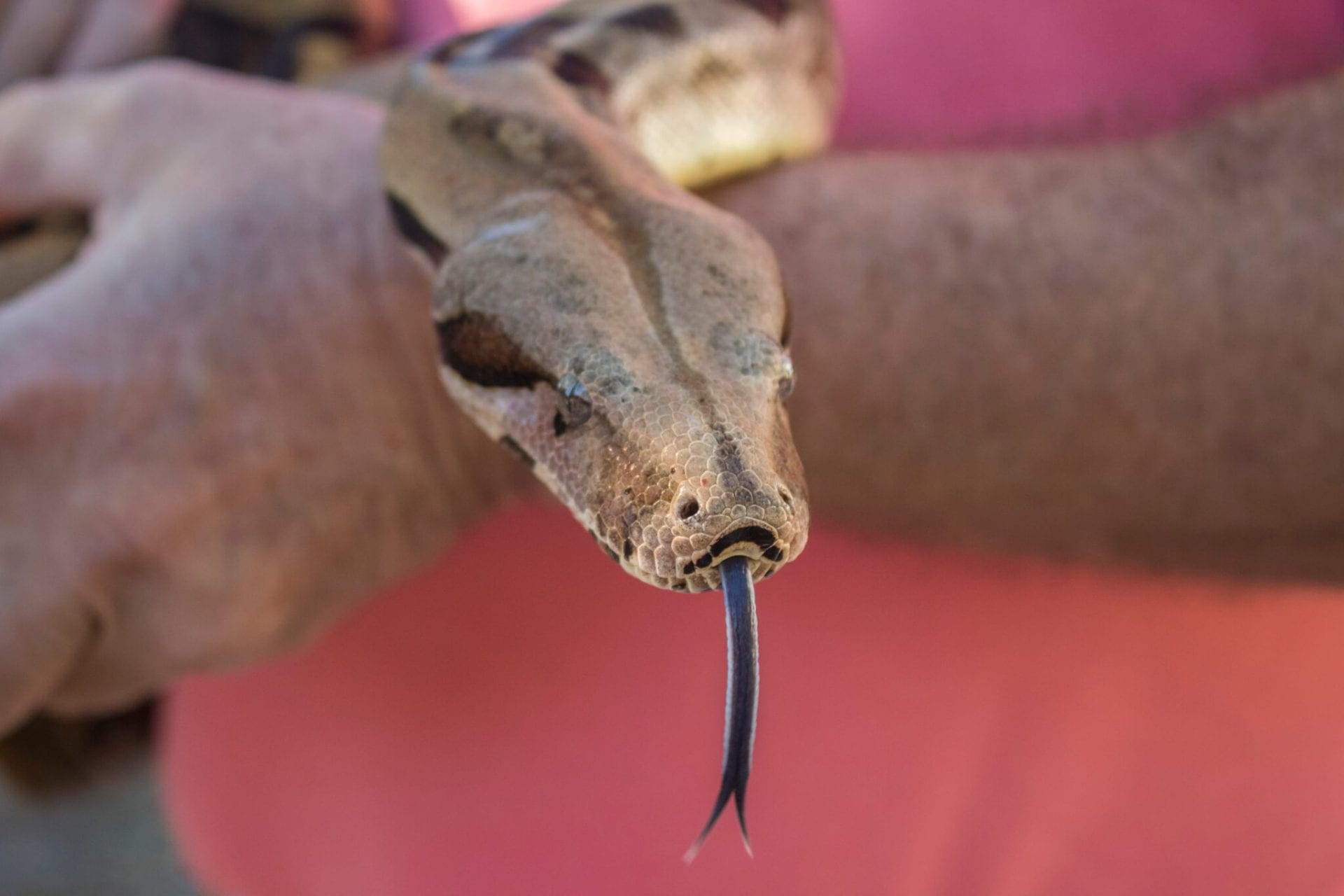
Researchers writing Thursday in the Journal of Experimental Biology set out to uncover how they can devour animals whole without suffocating. It turns out boas don’t have to hold their breath in order to swallow a big meal. But snakes, like any animal with lungs, need to expand their ribcage to breathe - and scientists weren’t sure how they managed to keep air flowing when digesting dinner. Once in the stomach, the snake’s meal is side-by-side with vital organs like the lungs. Though the snakes typically snack on small mammals, lizards, and birds, they don’t shy away from hunting larger prey.Ī large boa can devour entire pigs and monkeys, stretching its body around an undigested carcass with ease. Report: xviii, 302 p.Boa constrictors are not picky eaters. Giant Constrictors: Biological and Management Profiles and an Establishment Risk Assessment for Nine Large Species of Pythons, Anacondas, and the Boa Constrictor Because all nine species shared a large number of natural history traits that promote invasiveness or impede population control, none of the species was judged to be of low risk. Overall risk was judged to be high for five of the giant constrictors studied, and medium for the other four species. There is great uncertainty about many aspects of the risk assessment the level of uncertainty is estimated separately for each risk component. In addition, the risk assessment reviews all management tools for control of invasive giant constrictor populations. climates for each species, and (4) natural history traits, such as reproductive rate and dispersal ability, that influence the probability of establishment, spread, and impact. Primary factors considered in judging the risk of establishment were: (1) history of establishment in other countries, (2) number of each species in commerce, (3) suitability of U.S.

The risk assessment enumerates the types of economic impacts that may be experienced, but leaves quantification of economic costs to subsequent studies.

The risk assessment quantifies only the ecological risks, recognizing that ecosystem processes are complex and only poorly understood. Federal regulators have the task of appraising the importation risks and balancing those risks against economic, social, and ecological benefits associated with the importation. Although importation for the pet trade involves some risk that these animals could become established as exotic or invasive species, it does not guarantee such establishment. At present, the only probable pathway by which these species would become established in the United States is the pet trade. The nine include the world's four largest snake species (Green Anaconda, Eunectes murinus Indian or Burmese Python, Python molurus Northern African Python, Python sebae and Reticulated Python, Broghammerus reticulatus), the Boa Constrictor (Boa constrictor), and four species that are ecologically or visually similar to one of the above (Southern African Python, Python natalensis Yellow Anaconda, Eunectes notaeus DeSchauensee's Anaconda, Eunectes deschauenseei and Beni Anaconda, Eunectes beniensis). Giant Constrictors: Biological and Management Profiles and an Establishment Risk Assessment for Nine Large Species of Pythons, Anacondas, and the Boa Constrictor, estimates the ecological risks associated with colonization of the United States by nine large constrictors.


 0 kommentar(er)
0 kommentar(er)
